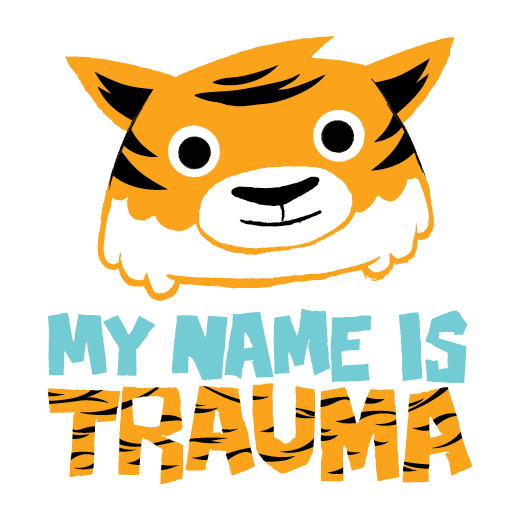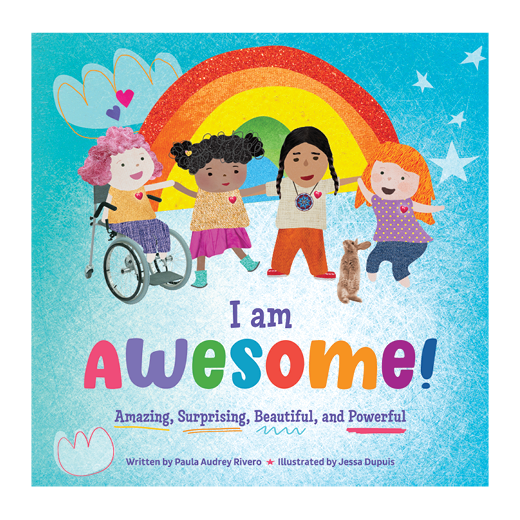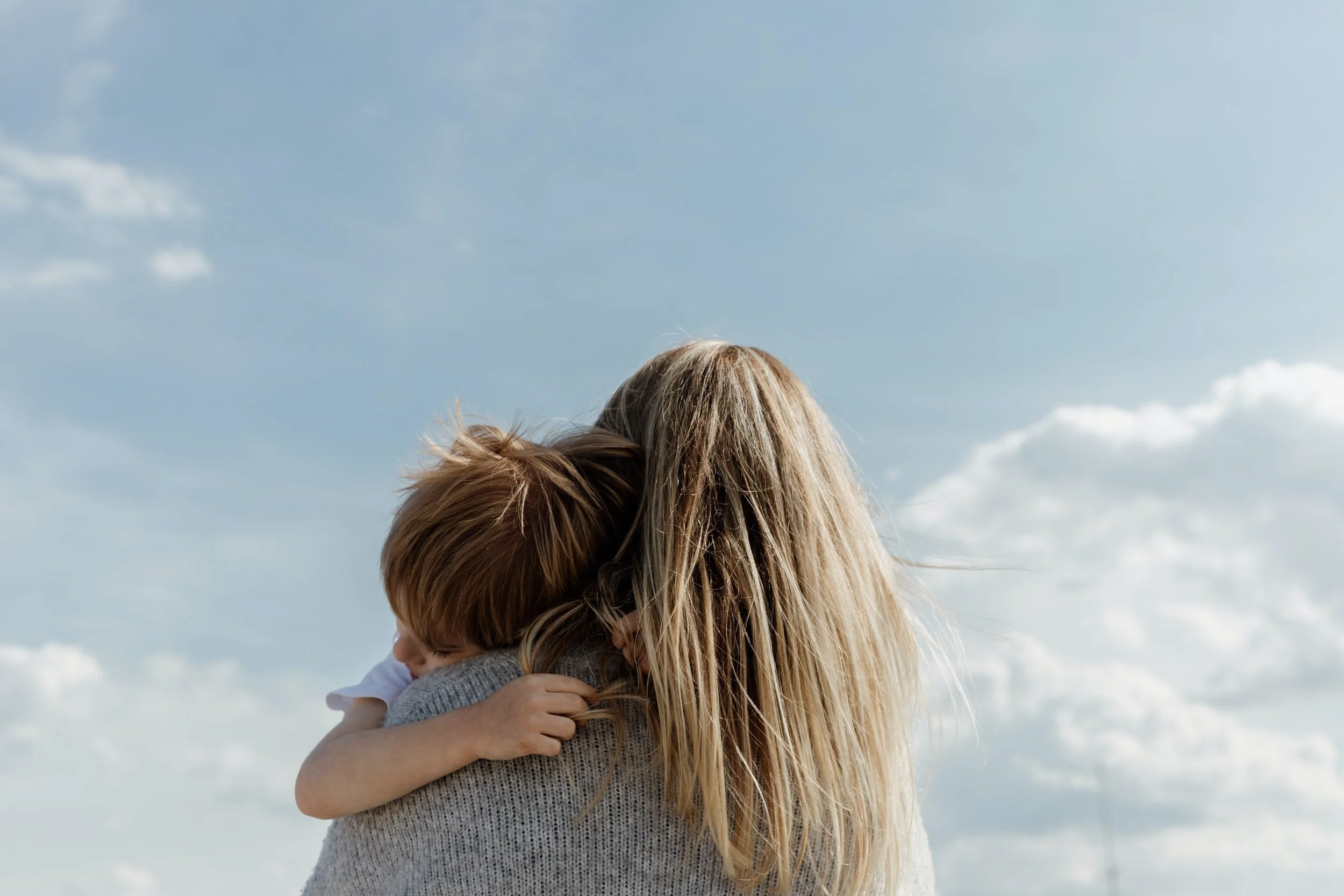Helping Kids Understand Coronavirus
Most of us are still adapting to the strange turn our world has taken of late.
Basking in a sea of pom-poms is an impromptu way one of our readers enjoys her time safe at home.
Many will be finding new and positive ways to spend this unique time. However, for some, the implications of a worldwide pandemic and the subsequent social restrictions will be much more difficult to navigate.
In the first of a series of articles, we are going to look at anxiety in children on the Autism spectrum during these tricky times of social distancing.
We also hope to give a few tips and pointers to parents and carers too, as each and every child is unique. Thus, the information below may need to be adapted according to your child’s specific needs and circumstances.
Anxiety and Fear
The current situation is likely to cause intense anxiety for most of us. However, for those on the autism spectrum, anxiety can be more pervasive.
“The principal emotion experienced by autistic people is fear”
Fear leads to anxiety which, in turn, can lead to distress. An increase in anxiety can contribute to behavioral challenges and negatively impact other skill areas. Furthermore, almost 40% of those living with autism have at least one anxiety-related diagnosis.
It is usually when dealing with new, unexpected or strange life situations that autistic children struggle the most. Obviously, the whole disruption to daily life combined with the actual idea of an unseen threat is especially challenging.
So, let’s break it down and take a look at some specific techniques that may help.
Explaining the Coronavirus and the ‘Lockdown’
Depending on the age and ability of your child, it is important to explain the coronavirus and why social distancing is necessary. This information needs to be given in a way that your child can process and understand.
Social stories are a superb visual tool to help children make sense of what is happening.
Here are a few examples:
Coronavirus for Young Children
Covid-19 Social Story: School is Closing
My Story About Pandemics and the Coronavirus: Carol Grey
Social Story on Social Distancing
Obviously you may need to adjust the information so that it is appropriate for your child’s level of understanding. You may also like to make your own social story, based around your child’s special interests to help explain the situation.
Be sure to include preventative measures too, such as handwashing, coughing and sneezing into a tissue and social distancing.
Avoid too Much or Too Little Information
Finding the right balance of information can be difficult and you must adapt it to your own child’s ability. Below are a few general guidelines:
Avoid in-depth discussions/debates about the virus, social distancing, death statistics, financial concerns or relationship difficulties around your child.
Conversely, avoid trying to completely shield your child from what is happening. They will almost certainly be picking up on some of the information and emotions of those around them. It is better to give small chunks of appropriate information that they can process.
Try and focus on the positive aspects. The number of people who have recovered from the virus. The social ‘applause’ for health workers across town. Positive news stories of people helping each other. Fun songs and dances about the virus.
Inject some fun into your day; laugh, play, dance, pillow fight - whatever floats your boat.
Watch your language. Words like ‘lockdown’ and ‘self-isolate’ have negative connotations that can provoke imagery of imprisonment and loss of control. Try and swap them for words like ‘homestay’ or ‘bubble’. You can use ‘home bubble’ ‘safe bubble’ ‘happy bubble’ or ‘our bubble’. Change ‘stuck at home’ to ‘safe at home’.
Look after yourself and Manage your own Levels of Anxiety
As many of you will become the main carers during this time it is essential that you look after your own well-being too. Children can pick up easily what their parents and caregivers mirror in terms of behaviors and reactions. Here are a few tips:
Don’t be too hard on yourself. Give yourself a break. If your day didn’t go well and you didn’t manage to do five Pinterest craft activities, yoga, outdoor exercise, three learning activities and produce a wonderful nutritious meal. So what? Give yourself a break, tomorrow is another day.
Set realistic goals and be patient. Adapting to change is not going to happen overnight. Gradually the new way of being will slip into place. Start small and set a few activities and goals. Don’t expect too much too soon.
Limit social media and news watching. Always remember that social media feeds often give a distorted view of reality and only show the best or worst bits. A LOT of people will be struggling … and that’s okay.
Take time for yourself. Practice or learn breathing techniques, yoga, Tai Chi and/or meditation daily or whenever you have time.
Take time out whenever you can. Use any resources that you have around you to give yourself a break.
Join an online chat group with other parents of Autistic children to share coping strategies and find support. Here is a list of 15 Indispensable Websites for Children with Autism.
Many coaching teams, including ours, will be offering online or telephone support or help. Find out about and use the professionals in your area.
Resource for Grownups: Coronavirus Anxiety Workbook
Children on the Autism Spectrum fit into the ‘Vulnerable’ Category
Hopefully, by now we are all observing social distancing guidelines. However, parents and carers should take extra care to shield Autistic children from the coronavirus. Why is this? Well, there is no evidence to medically suggest that Autistic children will fare any better or worse than their peer group if they contract the virus.
However, the Government of Canada Health Information page includes in the most vulnerable category those who experience:
difficulty reading, speaking, understanding or communicating
difficulty doing preventive activities, like frequent hand washing and covering coughs and sneezes
It is therefore important that you take extra special care to protect your child from unnecessary anxiety and stress. Your child is trying to navigate the huge disruption to their routines and daily lives, the added stress of becoming ill or having to visit a doctor or a hospital will be particularly hard for everybody to deal with.
Autistic children are used to their home environments, even if staying there for most of the day is a new challenge. However, a busy hospital, with strange equipment, smells and busy staff in masks and suits would be truly difficult to process.
Our advice is to rigorously practice social distancing guidelines and avoid your child or yourself contracting the virus, if at all possible. Limit outside time and avoid ALL unnecessary contact with others for the time being.
Techniques for Managing Anxiety
It is possible that dealing with anxiety is going to be an issue for your child in the coming weeks ahead whilst home safe.
As children sometimes have difficulties expressing how they feel, one of the first strategies is to recognize an increase in anxiety levels. Increased anxiety may express itself as:
Difficulty sleeping
Regression in behavior
More frequent meltdowns and temper tantrums
Sticking more rigidly to routine
Increase in self-soothing behaviors such as rocking, spinning, hand flapping
An increase in obsessive tendencies
Working with your child, where possible, to identify when they are feeling more anxious is a key tool to predict and reduce anxiety in the future.
Most relaxation techniques that work for adults can also help children on the Autism spectrum. Try and get into the habit of practicing these techniques when your child is not overly anxious or stressed to begin with.
A few examples of Calming Techniques:
Practice breathing techniques - counting backwards from ten
Take a short burst of physical exercise
Listen to a meditation or some calming music
Go to their ‘quiet’ space. Create a gentle calm space in an area of the house with limited stimuli to process
Read a favourite book or watch a favourite TV show
Change to Daily Routine
One of the potentially biggest causes of anxiety for children on the Autism spectrum is the change to the daily routine caused by the social distancing safety measures. This includes the abrupt disruption of seeing familiar people and places, not to mention some serious issues surrounding food and drink.
The change to routine and how to structure your child’s day (without losing the plot) will be the topic of our next article.
Thanks for reading. Stay safe, be strong, stay positive and remember, this too will pass.
References
Van Steensel, F., & Heeman, E. J. (2017). Anxiety Levels in Children with Autism Spectrum Disorder: A Meta-Analysis. Journal of child and family studies, 26(7), 1753–1767. https://doi.org/10.1007/s10826-017-0687-7
Straus, J., Coburn, S., Maskell, S., Pappagianopoulos, J., & Cantrell, K. (2019). Medical Encounters for Youth With Autism Spectrum Disorder: A Comprehensive Review of Environmental Considerations and Interventions. Clinical medicine insights. Pediatrics, 13, 1179556519842816. https://doi.org/10.1177/1179556519842816
“That there’s some good in this world, Mr. Frodo, and it’s worth fighting for.”











